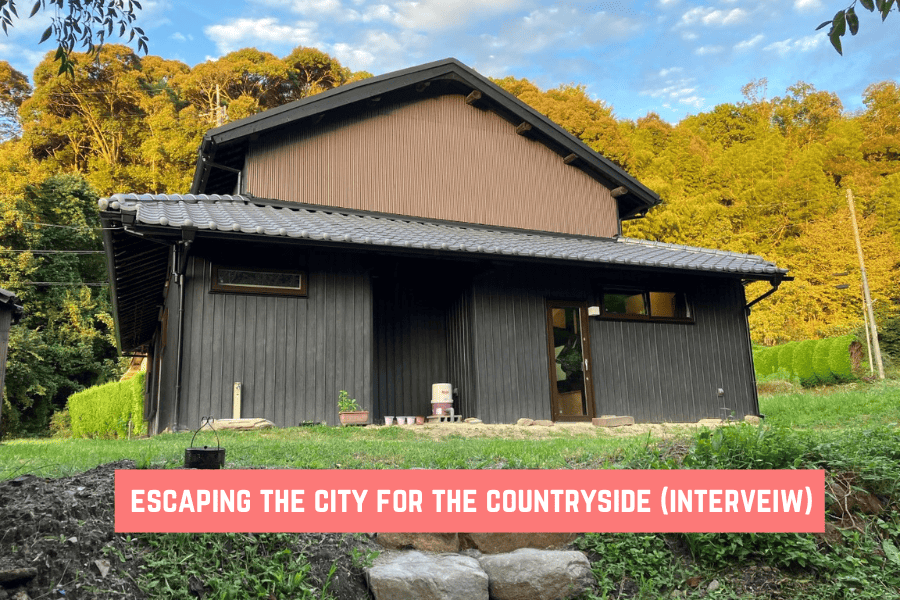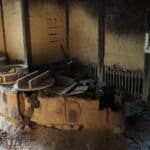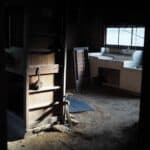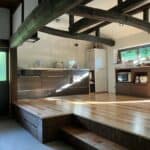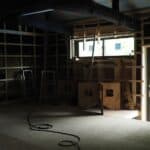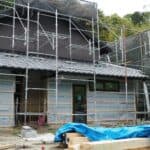When Tom Fay wanted to set down roots in Japan, he left the city and bought a kominka in the countryside. Here’s his story.
*All the photos on this page were taken by Tom Fay.
Would you mind quickly introducing yourself to our readers? How long have you lived in Japan and what brought you there originally?
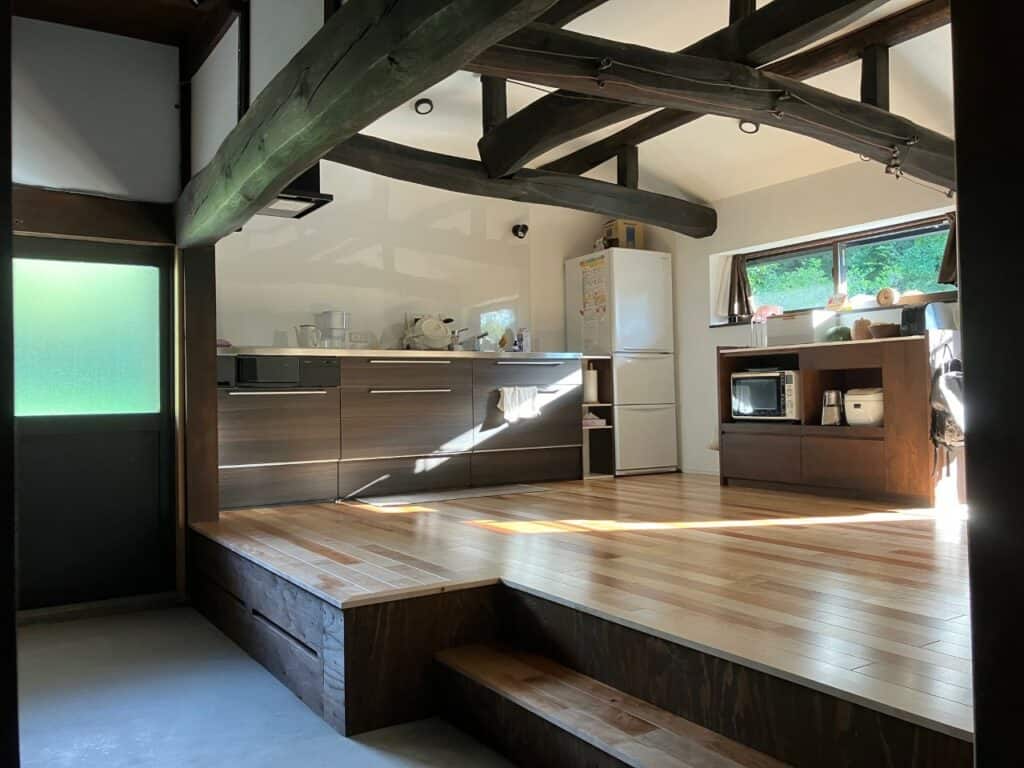
“I have always been passionate about nature and the outdoors, and with so many mountains and beautiful places to explore.
I don’t think I’ll ever get bored of living here.”
Where is your house? Why did you choose that location?
Tom: After 15 years of living in the city I finally decided to follow my heart and escape to the countryside. I grew up deep in the countryside of North Wales, and so city living has never come naturally to me, and I always knew that if I stayed in Japan for the long-term then I’d eventually have to find a place much closer to nature. It took me about two years of searching to find a suitable house, as I had quite specific requirements – I wanted space for a garden and growing vegetables, it had to be within an hour or so by train to Osaka, it had to have a real countryside vibe (preferably with no direct neighbours) and be a property with a bit of character. I also wanted somewhere within walking distance of a train station and supermarket, and of course, not to be too expensive. Most new houses in Japan are built squashed up together on tiny plots of land and that was something I was not interested in at all, so I focused most of my searching on old houses (kominka). It was actually quite difficult to find a place which ticked all the above-mentioned boxes – most people are familiar with the super cheap old houses deep in the Japanese countryside, but places with good accessibility and a proper rural atmosphere are rarer.
After checking and dismissing quite a few properties in southern Kyoto, one day the real estate agent I’d been dealing with said he knew of a promising property that wasn’t on the market yet, and so introduced me to the seller. The property was a 100+ year-old farmhouse which had been empty for at least fifty years, and after checking the house out it was pretty much love at first sight, especially in regards to the location – it sat at the foot of a small mountain backing onto forest, and was only a 10 minute walk from the train station, with great rail links to Osaka, Kyoto and Nara. I immediately knew I had to try and make it mine.
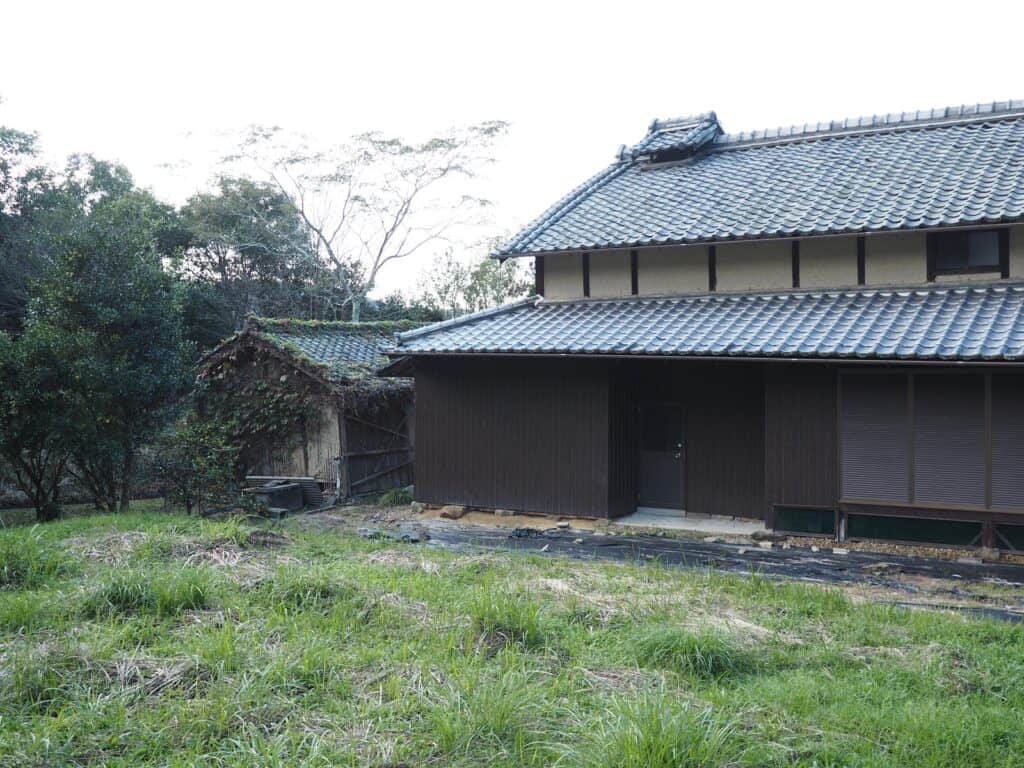
“The property was a 100+ year-old farmhouse which had been empty for at least fifty years, and after checking the house out it was pretty much love at first sight…”
What was the most difficult thing about the buying process? Was there anything surprising?
Tom: After lucking out finding the place, the most difficult part of the process was getting a loan – Japanese banks don’t really like giving money to freelance workers looking to buy old abandoned properties located in chōsei-kuiki (urbanisation controlled area; meaning development is greatly restricted to preserve the land for agriculture). After being rejected by lots of small local banks, JA (Japan Agriculture) and a few mega banks, SMBC eventually came to the rescue with a loan that would cover the purchase of the property and a chunk of renovation. And it was just in the nick of time too, as the process of finding a loan had taken so long that the seller had finally listed the property online (probably thinking that the deal with me was likely to fall through), and interested parties from afar afield as Tokyo had already inspected the house. Luckily the loan came through at the eleventh hour and I could finally settle the deal, but it was getting a little bit stressful towards the end there.
Approximately how much did you purchase your house for? Were there any unexpected costs?
Tom: I bought the house for six million yen, but there were a few additional fees on top of that.
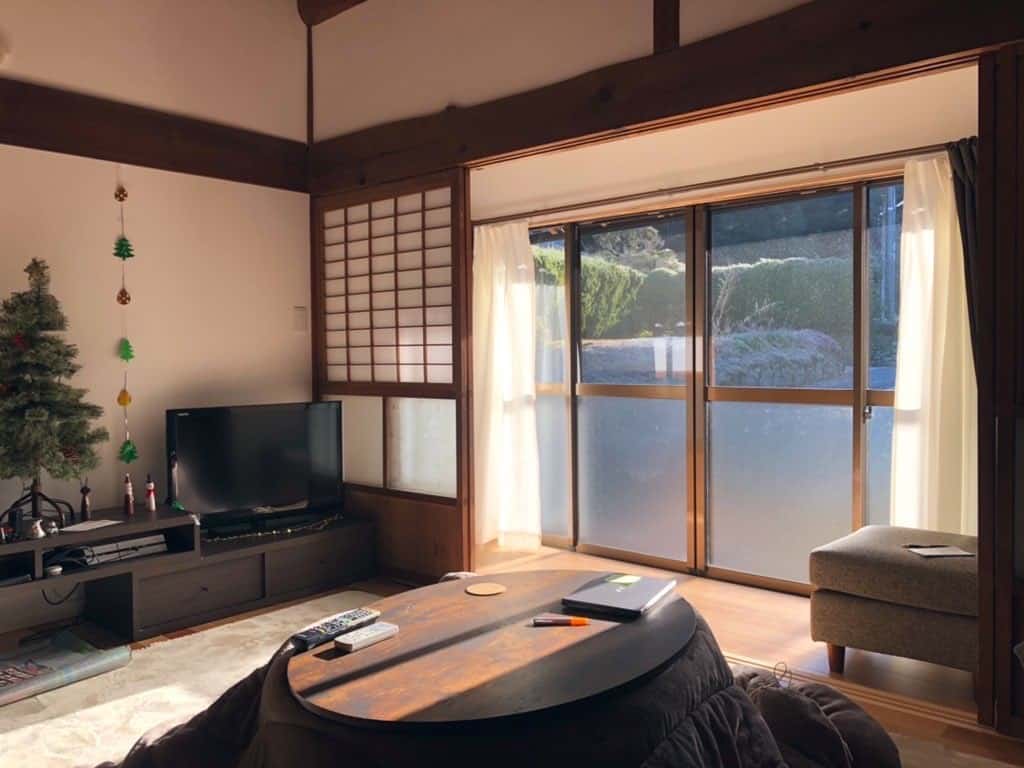
“The full renovation will end up costing quite a lot more than the price of the house.”
What renovations did you do? How long did the whole renovation process take and how much did it cost? Were there any unexpected costs?
Tom: As the house had been empty for so long it required quite extensive renovations – it needed a new roof, lots of new floors, a new bathroom and kitchen (the old toilet had been in a separate building outside), new windows and a full makeover. I got professionals in to do all the big jobs, and as I write this, we’re still in the process of renovating the place, but it’s taken about 5 months so far, with maybe another 2 to 3 months before I can move in. The full renovation will end up costing quite a lot more than the price of the house. There will still be a lot to do over the years to come to get it exactly as I want it, but that’s half the fun of moving into a kominka I think.
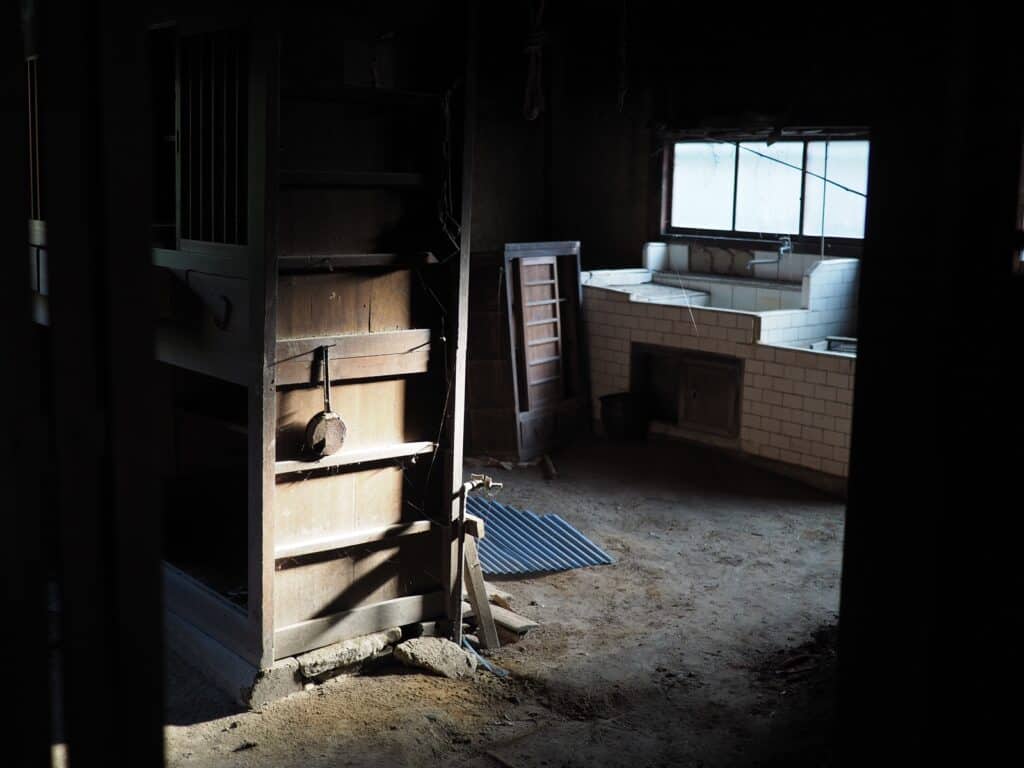
“If you’re intent on buying a house in Japan then it’s never too early to start your research, save a bit of money and think about what your requirements are.”
If you could do it all again, what would you have done differently?
Tom: I’m yet to move into the house, so it’s a bit difficult to judge what I’d do differently. But I would say that if you’re intent on buying a house in Japan then it’s never too early to start your research, save a bit of money and think about what your requirements are. It probably also helps if you can decide on an area you really like and get to know local estate agents and developers there – as in my case, they may be able to introduce you to properties before they hit the market, giving you a headstart on the competition.
Tom's House Photo Gallery
A big thank you to Tom for sharing his story here.
If you need inspiration to find your dream vacation house in Japan, follow Cheap Houses Japan on Instagram.
Looking for more advice about buying a house in Japan? Read this article I wrote:
